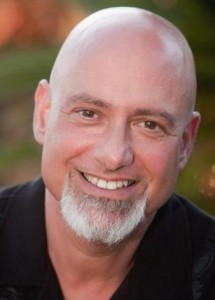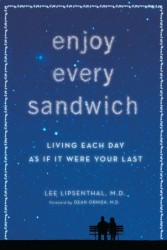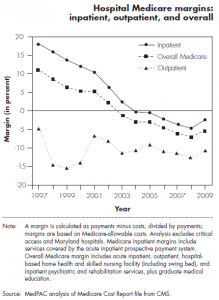The U.S. poverty statistics came out a few weeks ago, and things haven’t been this bad since 1993. Look to your left; look to your right. About one in every six Americans is now considered to be living below the poverty level. In 1993, the average new house was $113,000, the average income was $31,230, the average car was $13K, and tuition at Harvard was at $23,500. By 2010, you could nearly double every one of those numbers except the average family income which rose only to $50,000, instead of the $62,500 it should have been.
 One of my favorite comparisons has always been that of Harvard’s tuition, which hovered right around $40,000, and the cost to keep a prisoner in jan American jail for one year, by comparison: about $45,000. Now, if you extrapolate the number of people in U.S. prisons based on the entire population of the United States, it works out to about one in every 31 adults. Between 2.3 and 2.4 million Americans are behind bars. America incarcerates nine times more people than Germany and 12 times more people than Japan. That adds up to nearly $104 billion dollars a year in U.S. prison costs alone.
One of my favorite comparisons has always been that of Harvard’s tuition, which hovered right around $40,000, and the cost to keep a prisoner in jan American jail for one year, by comparison: about $45,000. Now, if you extrapolate the number of people in U.S. prisons based on the entire population of the United States, it works out to about one in every 31 adults. Between 2.3 and 2.4 million Americans are behind bars. America incarcerates nine times more people than Germany and 12 times more people than Japan. That adds up to nearly $104 billion dollars a year in U.S. prison costs alone.
The folks on Wall Street and in Washington D.C. who so cunningly helped to put us into this financial mess are, by and large, not in prison, and the percentage of inmates that are minorities is staggering. An estimated sixty-eight percent of prison inmates were members of racial or ethnic minority groups. Are our prisons full because our minorities are bad people, or are they full because their jobless rate is 40% higher than that of Caucasians?
We’re also spending about $700 billion per year on our military. For reference, the rest of the entire world combined spends nearly that same number. At $1.4 trillion a year, that adds up to $236 per capita worldwide on defense, and we still have 24,000 nuclear missiles lying around; enough to blow up the planet plenty of times.
According to the World Bank, over 1 billion people live in conditions of extreme poverty and 15-20 million people are starving every year. I saw another set of figures today regarding food subsidies in the United States. It wasn’t a figure indicating our generosity toward these one billion poor people, it was that between 1995 and 2010, our Congress voted to provide $260 billion to continue agricultural subsidies. Okay, maybe some of that makes sense, but what about the $17 billion that is going to use the American people’s money to create artificial incentives to produce ingredients that eventually become hydrogenated fats?
We are an obese nation, yet we paradoxically continue to publicly subsidize high fructose corn syrup and hydrogenated fats, so that our obesity, diabetes and heart disease epidemics continue unabated. Sheer folly, or is this about some really big businesses, with some really good lobbyists?
Maybe it’s time to look at things a little differently. We all know that testosterone makes us physically strong, but it also makes us more aggressive and competitive. This testosterone overload has continued to result in war and violence being accepted as the normal way to settle things, and, except for the supposed economic benefits of war, we also know that war is just crazy. It kills and maims people, and diverts resources that might be otherwise be utilized elsewhere.
We’ve seen time after time that if you are brutal and retaliatory with people, they will learn to hate and fear you. However, if you give people love, compassion and respect they will eventually return the compliment. Maybe we should take a break from all of this running-the-world stuff, and focus on doing the best that we can for the human ace. Maybe we should walk the talk of our religious leaders for a change.
We ran a hospital like that for over a decade and it prospered economically and grew. This concept is neither rocket science nor brain surgery. It’s the most uncommon of things in our current culture, common sense.
We cannot change the human condition – but we can change the conditions under which humans live and work!









